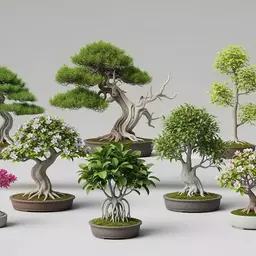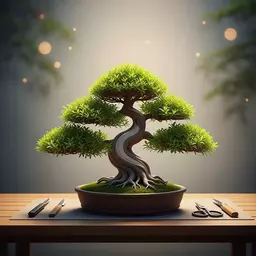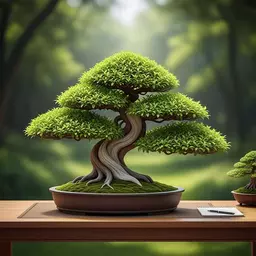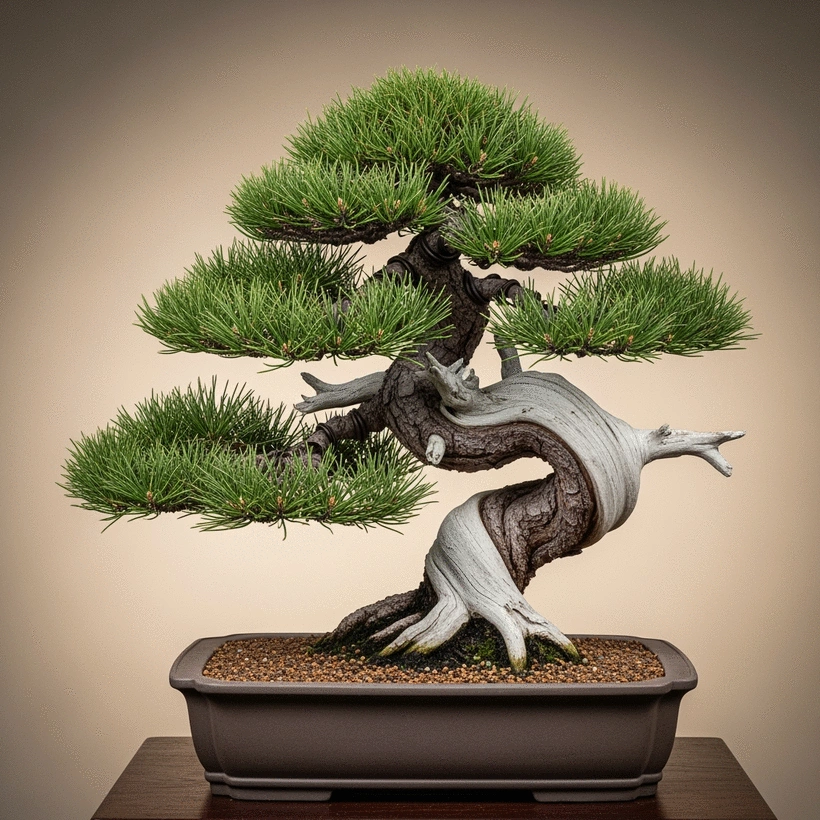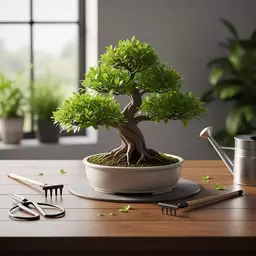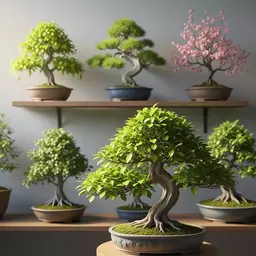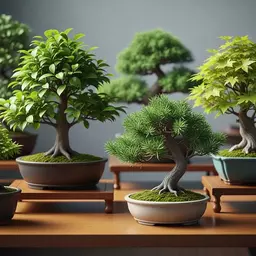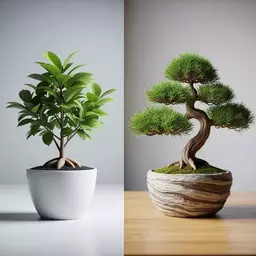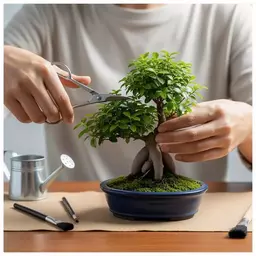Spring Care for Healthy Bonsai
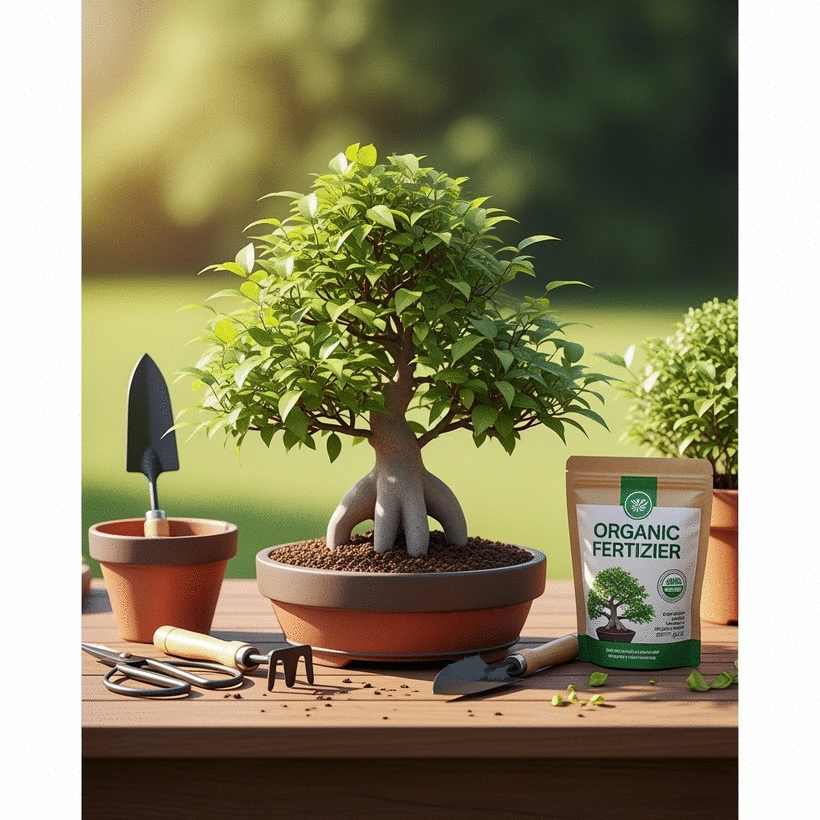
As the vibrant blooms of spring awaken, your bonsai trees eagerly anticipate their annual refresh. This season is not merely about beauty; it’s crucial for their health and longevity. With proper timing and techniques, you can nurture your bonsai into a thriving masterpiece.
What You Will Learn
- Recognize vital signs for repotting, such as bud swelling and new growth.
- Differentiate repotting frequencies for various bonsai species, including conifers and deciduous types.
- Understand how the age and condition of your bonsai affect repotting needs.
- Follow essential steps for successful bonsai repotting, from selecting the right soil to post-repot care.
Bonsai Repotting Schedule Comparison
Understanding when and how often to repot your bonsai is crucial for its health. This guide outlines typical repotting frequencies based on species type and age, helping you maintain a thriving miniature tree. For more detailed insights into general bonsai care, consider exploring our Bonsai Care Guide.
Repotting Frequency by Bonsai Species
- Conifers (Junipers, Pines): Every 2-4 years
- Deciduous (Maples, Elms): Every 1-2 years
- Tropical Varieties: Annually
Repotting Frequency by Bonsai Age
- Young Bonsai: Every year
- Established Bonsai: Every 2-3 years
- Older Bonsai: Every 3-5 years
Understanding the Importance of Spring Repotting for Bonsai Health
Spring is a magical time for bonsai enthusiasts like me. It's when our cherished trees spring back to life, and one of the most crucial tasks during this season is repotting. This practice isn’t just a chore; it’s essential for the health and vitality of your bonsai. By understanding the signs for when to repot and choosing the right species, you can ensure your bonsai flourishes.
Knowing when to repot is just as important as the act itself. You’ll want to watch for signs like bud swelling and the emergence of new growth. These indicators suggest that your tree is ready for a fresh start in a new pot, allowing it to continue thriving.
Why Timing Matters: The Right Moment for Spring Repotting
Timing is everything when it comes to bonsai repotting! One of the first signs that your bonsai is ready for repotting is the swelling of the buds. This usually occurs when the tree is waking up from its winter dormancy. Additionally, look for new growth stages that indicate your tree is ready to expand its roots. If you notice roots peeking out of the drainage holes, it’s definitely time to consider a larger pot! For guidance on selecting the right tools for this delicate process, refer to our article on Essential Bonsai Tools.
- Swelling buds signaling the start of growth
- Visible roots pushing through the drainage holes
- Signs of stunted growth or yellowing leaves
By paying attention to these signs, you can ensure that your bonsai gets the care it needs at the right moment! Remember, repotting too early or too late can hinder your tree's growth.
Choosing the Right Bonsai Species for Repotting
Not all bonsai species are created equal when it comes to repotting schedules. For instance, conifers like Junipers and Pines generally require less frequent repotting than deciduous species such as Maples or Elms. Understanding your specific bonsai species is crucial to maintaining its health and shape.
- Conifers: Typically need repotting every 2-4 years.
- Deciduous species: Require more frequent repotting every 1-2 years.
- Tropical varieties: May need repotting annually due to faster growth rates.
By matching your repotting practices to the needs of your specific bonsai species, you can cultivate a more vibrant and healthy plant. This attention to detail reflects the artistry of bonsai cultivation, a philosophy we embrace at Shire Bonsai.
Understanding Repotting Frequency for Different Bonsai Types
Each bonsai has unique requirements based on its species, age, and growing conditions. Younger trees often need repotting more frequently, typically every year, as they rapidly grow. In contrast, older, more established trees may only need repotting every few years. Understanding these differences is key!
- Young bonsai: Repot every year for optimal growth.
- Established bonsai: Every 2-3 years is ideal.
- Older bonsai: Repot every 3-5 years to maintain health.
This frequency not only supports root health but also enhances your bonsai's overall aesthetic. Each repotting session is an opportunity to reflect on your growth as a cultivator, and I find immense joy in that process! Our article on Watering Tips for Bonsai offers further advice on maintaining optimal conditions.
Step-by-Step Guide to Successful Bonsai Repotting
Now that we understand the significance of spring repotting, let's dive into the practical steps to ensure a successful experience for both you and your bonsai. A little preparation goes a long way!
Pro Tip
To enhance your bonsai's health after repotting, consider using a root stimulator. This can help to promote new root growth and reduce transplant shock, ensuring your tree adapts smoothly to its new home.
Frequently Asked Questions About Bonsai Repotting
When is the best time to repot a bonsai?
The best time to repot a bonsai is in early spring, when the buds begin to swell and new growth emerges. This indicates the tree is waking from dormancy and can recover quickly from the repotting process.
How often should I repot my bonsai?
Repotting frequency depends on the species and age of your bonsai: young bonsai typically need repotting annually, established bonsai every 2-3 years, and older bonsai every 3-5 years. Conifers generally require less frequent repotting than deciduous or tropical varieties.
What are the signs that my bonsai needs repotting?
Key signs include visible roots pushing through the drainage holes, stunted growth, yellowing leaves, or if the tree's buds are swelling in early spring, indicating active growth.
What kind of soil should I use for repotting bonsai?
Choose a well-draining soil mix specifically formulated for bonsai. This typically includes components like akadama, pumice, and lava rock, which ensure proper aeration and drainage while retaining essential moisture.
What is post-repot care for bonsai?
After repotting, place your bonsai in a shaded, protected area for a few weeks to minimize stress. Water thoroughly, but avoid overwatering. You might also consider using a root stimulator to encourage new root growth and help the tree recover.
Recap of Essential Steps for Healthy Bonsai Growth
As we wrap up our journey through the essentials of bonsai care, it’s important to keep in mind a few key takeaways regarding repotting and fertilizing. These practices are not just chores; they're crucial for nurturing your bonsai into a vibrant masterpiece! Let's summarize the main steps to ensure your bonsai thrives:
- Monitor Growth Signs: Watch for bud swelling and new growth as indicators it's time to repot.
- Select Appropriate Species: Understand how different bonsai species affect your repotting schedule.
- Repotting Frequency: Keep track of how often you should repot based on your bonsai's age and growth conditions.
- Essential Tools: Equip yourself with the right tools and materials, including quality substrate and pots.
- Soil Composition: Choose a soil mix that offers excellent drainage and the right pH for your tree.
- Minimize Stress: Handle your bonsai gently and manage root moisture to keep it calm during repotting.
- Post-Repot Care: Follow up with consistent care to promote recovery and longevity.
These steps, when integrated into your bonsai routine, will help cultivate a healthier, more resilient tree. Remember, bonsai is an art that requires patience and dedication. Each decision you make shapes your tree’s journey and story. Embrace these practices with care, and you'll see your bonsai flourish!
Stay Connected: Join Our Community for More Bonsai Insights
We at Shire Bonsai love sharing our passion for bonsai with fellow enthusiasts like you! By becoming part of our community, you can stay updated with the latest tips, resources, and insights to enhance your bonsai experience. Whether you’re a beginner exploring the world of bonsai or a seasoned master refining your craft, there’s always something new to learn together.
- Subscribe for Updates: Get the latest articles and insights delivered straight to your inbox.
- Share Your Experience: Join discussions and share your bonsai stories with others.
- Connect with Fellow Enthusiasts: Engage in meaningful conversations with a community that shares your passion.
Let’s celebrate the art of bonsai together! Visit our website, connect with us on social media, and be part of a community that values creativity and appreciation for these living works of art. Happy cultivating!
Recap of Key Points
Here is a quick recap of the important points discussed in the article:
- Monitor Growth Signs: Watch for bud swelling and new growth as indicators it's time to repot.
- Select Appropriate Species: Understand how different bonsai species affect your repotting schedule.
- Repotting Frequency: Keep track of how often you should repot based on your bonsai's age and growth conditions.
- Essential Tools: Equip yourself with the right tools and materials, including quality substrate and pots.
- Soil Composition: Choose a soil mix that offers excellent drainage and the right pH for your tree.
- Minimize Stress: Handle your bonsai gently and manage root moisture to keep it calm during repotting.
- Post-Repot Care: Follow up with consistent care to promote recovery and longevity.
